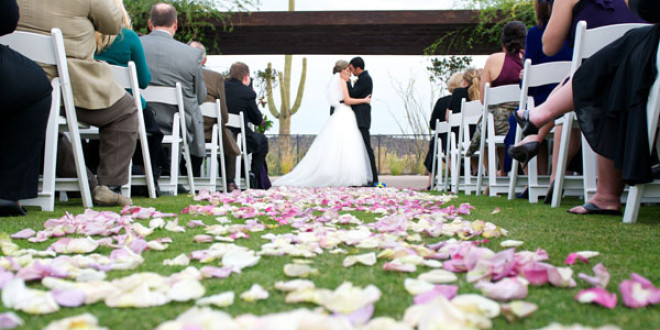[ad_1]
In English tradition, wedding vows are a morning affair, and if we were to catch the first glimpse of the beautiful bride, we needed to be "front and center" very early. My friends and I were a little old for a slumber party, but as we gathered in our pajamas at 4 am in front of my television in Atlanta, Georgia, the anticipation and giddiness was "ageless." It was July 29, 1981, and like millions of people around the world, we prepared to watch the royal wedding of Lady Diana Spencer and Prince Charles of England. (We even had snacks to match the occasion: scones and fig jam, and Earl Gray tea with lemon – perhaps not only to feed our early morning hunger, but also to feed some inherent dreams of being a princess.)
A s the world welcomes a new English princess this spring (and perhaps future queen), we are reminded of that dazzling royal wedding 30 years ago this July. It was a landmark event broadcast in 74 countries and watched around the world by over 750 million people (including me and my pajama-party friends!)
The moment Diana stepped out of that fairy-tale glass coach on her wedding morning with endless yards of silk train magically materializing with her – as the gown designers expressed, "like seeing a butterfly emerge from its chrysalis" – she had us hook, line and sinker. Princess Diana did not invent our fascination with royalty, however her wedding ushered in a whole new ballgame … and the world was never quite the same.
As the first worldwide media spectacular, and probably the defending event of the eighties (a decade in which style so often trumped substance) the glittering event brought ceremonial weddings back in style almost overnight. It resurrected the bridal industry from the social upheavals of the previous two decades and set the pace for a new era of fancy wedding hoopla: elaborate designer gowns; staged over-the-top productions; refinished Martha Stewart details; and the wedding as a "consumer rite." (Sound familiar?)
Since the same media blitz followed Diana and Charles' soap-opera marriage and messy divorce, many people became wary of fairy tales and princesses. Nonetheless, the royal buzz was on again last fall when tall, handsome Prince William and his beautiful, longtime girlfriend announced their engagement. But there was a difference!
Although Kate Middleton is not "blue-blooded," she has other qualities that were more important to William. Thanks in part to his mother cracking open the staid British monarchy, the centuries old practice of marrying for dynastic duty only was found wanting and Prince William was free – and savvy enough – to choose to marry from his heart's desire.
So not only was the return to elegant wedding pageantry part of Diana's legacy, but her most lasting nationality just may be Kate Middleton … and the more egalitarian world open to her as she becomes a confident, modern and " true- blooded" princess of the realm!
[Author's Note: This is an excerpt from my upcoming book, The End of the Fairy-Tale Bride : How Princess Diana Exposed the 'Princess Myth' for All Women.]
[ad_2]
Source by Cornelia Powell

